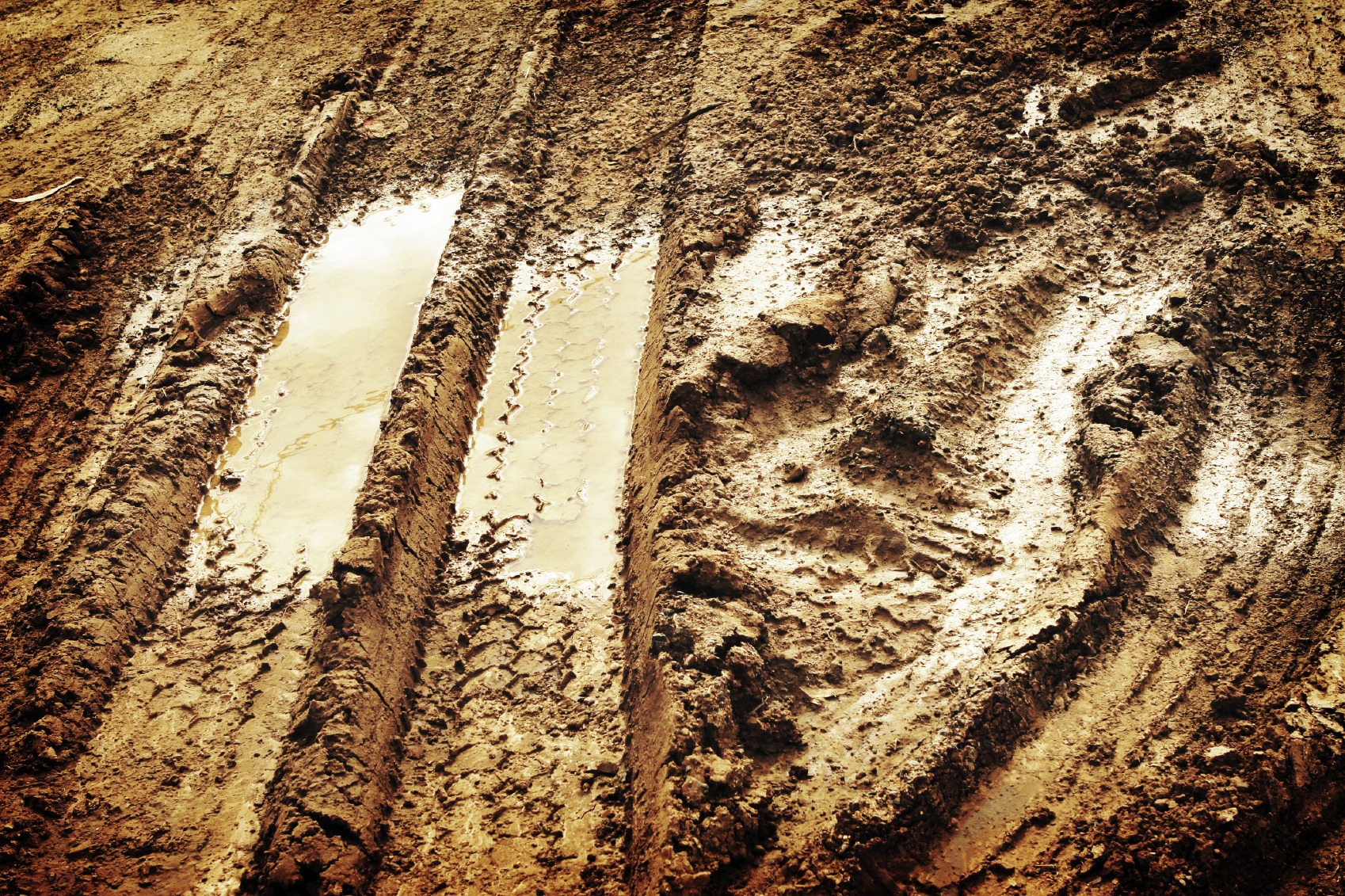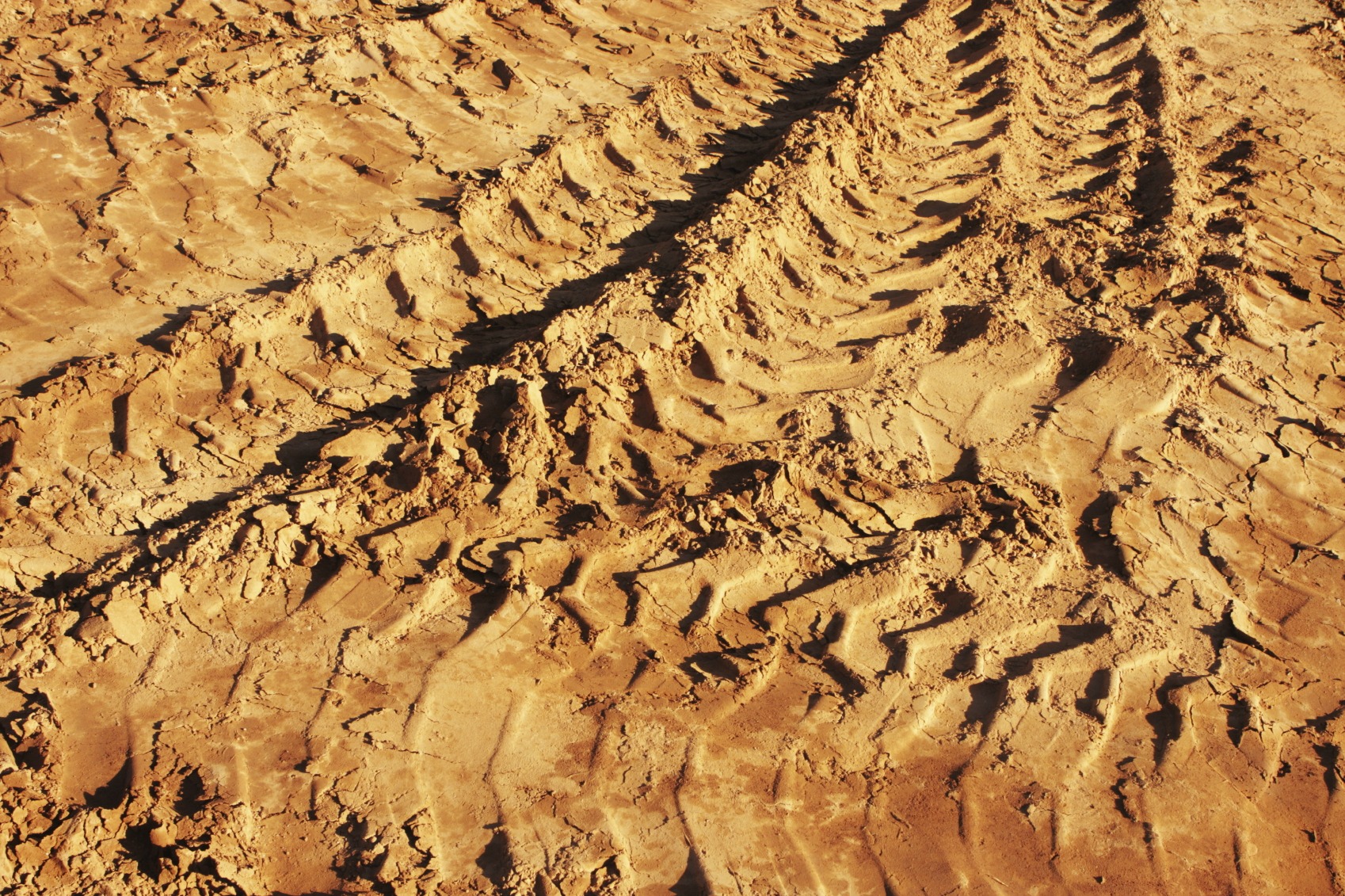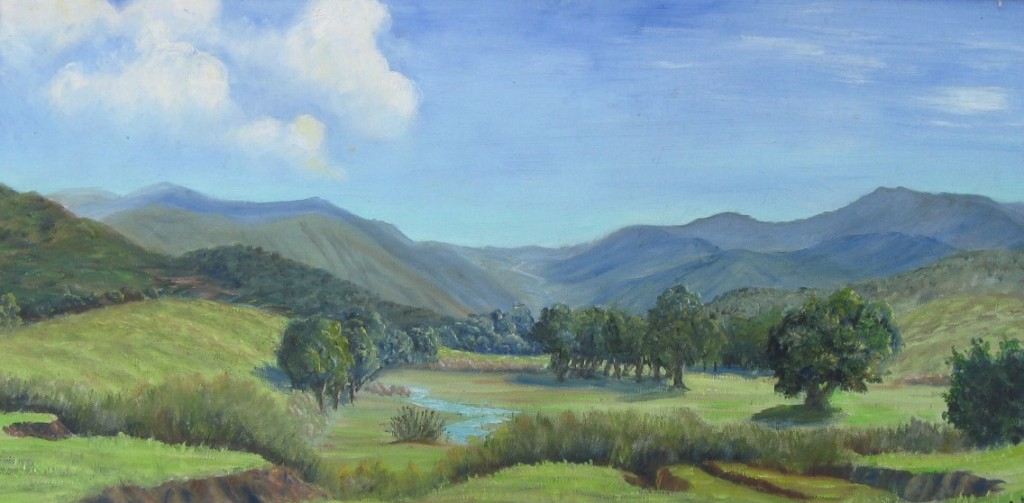O
ne of our interests is Jamacha History – the history of the Jamacha Valley – the place where we call home. While our shop is located in the City of El Cajon, we live just over the hill in the neighboring valley to the south.
Near our valley are four communities which boast thriving historical societies – El Cajon, La Mesa, Lemon Grove and Spring Valley. None of them embrace our valley in a big way.
We know a lot about the history of our valley – from its days as a Mexican land grant (Rancho Jamacha) to its early settlers in the 1850’s to its family farms and its transition to a metropolitan suburb of San Diego.
What we are missing are the stories, the artifacts, the photos of the people who lived and worked in the valley and paved the way for what the valley is today.
As a community service we are dedicating this page to Jamacha History. We want to share with you what we have found and what we find. If you would like to contribute, we would like to talk to you. We appreciate any insights you have on the topic.
With any luck this page can grow into a true virtual museum and history center – honoring the memory of the pioneers who saw the potential of the Upper Sweetwater River Valley.
Jamacha Time Line
1831
Dona Apolinaria first occupied the Jamacha Valley. She receives a Mexican land grant in 1840.
1847
Dona Apolinaria abandons Rancho Jamacha and moves to San Juan Capistrano
1852
In September 1852, Colonel John Bankhead Magruder, Asher R. Eddy, Robert Kelly, Frank Ames, and Eugene B. Pendleton formed a partnership and began to work the ranch. Colonel Eddy and Robert Kelly, plant 300 acres to rye, wheat, oats, barley, and potatoes in 1852. It becomes the first large scale farming enterprise in San Diego County.
1853
Magruder purchases Rancho Jamacha land grant from Dona Apolinaria who holds the mortgage.
1858
First pioneer farmer in Jamacha Valley – Robert Kelley leaves valley.
1860
Dona Apolinaria sells the Magruder mortgage.
1868
First mail contract signed providing mail service from San Diego to Yuma, Arizona. The terms of the contract required the building of a “light wagon” road through the Jamacha area. Constructn begins on a stone bridge across the Sweetwater River.
1872
James Murphy files homestead claim on land south of the Sweetwater River and adjacent to, but outside the Jamacha Rancho land grant and begins raising sheep.
1875
Seven homesteads in the valley bottom lands outside the Jamacha Rancho claim. Sixteen people living in Valley.
1877
First school held in building on property owned by Damon Thing. There are five (5) children in valley.
1880
W.H Ware purchases land which will later become Monte Vista Ranch.
1881
Court case divides Rancho Jamacha into nine (9) separate holdings. W.H Ware obtains clear title to land.
1882
Murphy purchases 667 acres of Jamacha Rancho land in a Sheriff’s sale. This property was north of the river and abutting his homestead holding.
1884
James Murphy donates a portion of newly acquired land to build a school house. (Exact location undetermined.)
1885
Railroad line to San Diego connected to Santa Fe line (near Barstow) providing rail access to east coast markets.
1887
James Murphy sells his property to a group of investors.
1888
Frank Gifford settles in the eastern end of the valley near the at the mouth of Mexican Canyon. With its year round water source he grows olives and builds an elaborate Victorian house over several years completing it by 1895.The house is used for a time as a stage stop providing an alternative to the Steele Canyon stage route which runs along what is now Highway 94. The Gifford home has been restored and is operated as a bed and breakfast under the name “Jamul Haven.”
1892
James Murphy returns to Jamacha Valley after repossessing his old property in a mortgage default.
George Davis purchases the old Ware property and begins what will become the largest commercial farming operation in the valley. Two years later it will be named Monte Vista Ranch.
1895
Frank Gifford builds Olive Mill in Jamacha Valley (exact location undetermined).
1898
Murphy sells half acre lot to Noah A Peters, who opens a store, and blacksmith shop and becomes postmaster.
Murphy donates the lot adjacent to Peters property for use as the new site for a school.
1900
Jamacha Village is well established around the school, store and blacksmith shop and a small cluster of homes.
1905
J.W. Sefton purchases the Monte Vista Ranch. The ranch will expand in size and production over the next 40 years and become the first corporate farming operation in the valley.
1908
Model T Ford introduced in Detroit.
El Cajon High School built. It is the only high school east of San Diego High School.
1910
Alannaitia Coffman, the Jamacha district school teacher, was boarding with the Thacher Family (whose farm was adjacent to east of the school). 1910 Census record shows Mary Murphy (age 22) was District School Teacher (April 1910).
1915
Development begins at Jamacha Junction with establishment of a County facility to build and maintain roads. Focus of valley will gradually shift toward the road convergence at Jamacha Junction.
1916
The “Hatfield” flood washes out the stone bridge over the Sweetwater River. It will be replaced by a timber structure.
1917
Noah Peters and his second wife die. This accelerates the development of Jamacha Junction and the decline in importance of the Jamacha Village.
1919
Thacher farm gets first telephone in valley.
1920
Seven families living in Jamacha Valley.
The Jamacha School closes after the Jamacha School District joins El Cajon School District. (Hillsdale School closes at this time as well. Children are bused to El Cajon School located on East Main Street in El Cajon.) Jamacha Valley Community Club is formed.
1922
The Jamacha Post Office closes. Mail now delivered from the post office in El Cajon.
1923
Grossmont High School completed.
1924
Jamacha Community Club purchases the old schoolhouse for one dollar.
1926
Flood on the Sweetwater River knocks out bridges cutting access between both sides of valley. For a time the only crossing is by a large bucket attached to a steel cable.
1927
A store and service station are operating on the north side of Jamacha Junction along with a dance hall and feed store.
1928
Campo Road becomes Highway 94. A steel truss bridge is constructed across the Sweetwater River. Highway 94 is paved.
John P Scripps purchases Ivanhoe Ranch for breeding and raising horses.
James Murphy – the last of the original farmers in the valley – commits suicide at age 85.
1929
Murphy family sells its holdings. Farming on the land ends.
1941
Last farming family moves from valley. Farming by family owned farms is over.
1965
Monte Vista Ranch sold to land developers. All farming activity ends.
Beginning of development of Cottonwood Golf Course in Sweetwater River bottom lands. (Development continues through 1970.)
1970
Associated Land Company purchases Monte Vista Ranch and controls most of the Jamacha Valley.
1978
Cuyamaca College opens on western portion of the old Monte Vista Ranch.
1984
The old Monte Vista Ranch is purchased by Home Capital Company to expand their “Rancho San Diego” land development.
1985
Ground breaks on Monte Vista Village development.
1992
Approximately 1,840 acres of undeveloped land owned by Home Federal Savings and Loan were placed in Federal receivership under control of the Resolution Trust Corporation.
1996
US Fish and Wildlife Service acquires property along the Sweetwater River for expansion of the San Diego National Wildlife Refuge.
Read More about the Jamacha Valley
“Legal Hocus-Pocus” The Subdivision of Jamacha Rancho | The San Diego Historical Society










